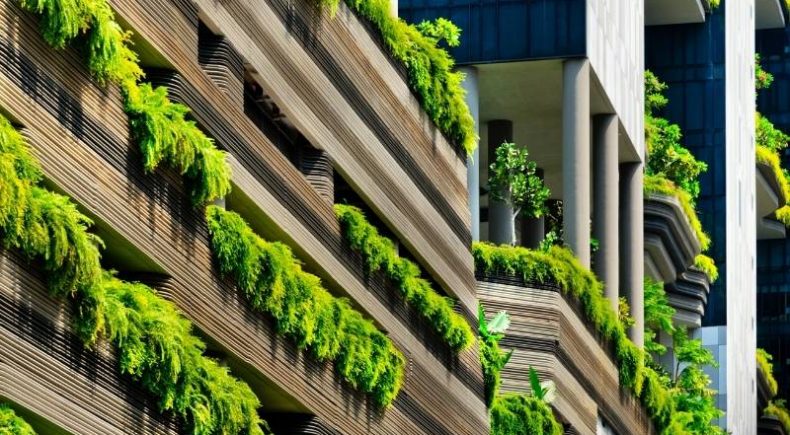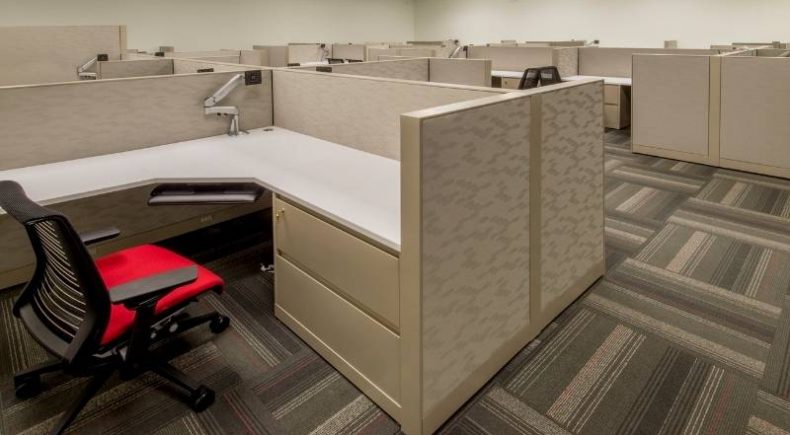Biophilic design in architecture is a promising look at our future. It addresses the human need to be a part of nature in our immediate surroundings. The beauty of this design is that it involves using natural materials. It might be construction materials, greenery, natural sunlight, or a view of nature through our windows.
If you prefer working or living in a more natural environment, you’re in the right place. So, we invite you to continue reading to learn more about biophilic design in architecture.
Our Future ♲ Biophilic Design in Architecture

Although human evolution largely derives from living in the natural world, most people spend about 90 percent of their time indoors. Employers traditionally give people a desk, a cubicle, a phone, a computer, etc. Thinking that all the needs are met – that should suffice – right?
The truth is, our well-being is dependent on the quality of our relationship with the natural world. This is true not only in our homes but also in our workplace and many others. What’s coming to light is that humans need more than electronics and neat little windowless cubicles to thrive.
♲ Biophilic Design Increases Well-being and Productivity
It matters how ergonomic and efficient an office design might be. But, if you also add natural sunlight and other infusions with nature, it improves everyone’s well-being and productivity.
On the other hand, those who work under artificial lights simply don’t have the same results. In fact, they experience more fatigue and are absent more often along with less motivation.


♲ Biophilic Design Aids in Bonding with the Structure
The human connection with our immediate environment is proving to be highly important. With this trend, designers also realize that feeling comfortable in a space creates a bond with that space. This bond not only increases the desire to be in that space but also creates a more joyous work environment.
An interesting benefit of this design is that it helps us grow healthy bonds with our environment. Then, the next ‘natural step’ is the inherent human desire to sustain and improve the surroundings.
That’s an intangible benefit that becomes tangible over time. In other words, it makes biophilic design in architecture a sustainable design that naturally continues to improve over time.
♲ Across the Continuum of Architectural Design

This design is not only for homes and offices. Rather, architects and engineers are incorporating it into hospitals, universities, banks, and architectural offices, to name a few.
It’s especially helpful for elderly health care where it aids in creating a therapeutic environment. Doing so creates a more positive, less alienating environment for our elderly citizens. How compassionate is that?
In Conclusion
Biophilic design in architecture gives us a bright, sustainable future. How will you incorporate it into your design? If you have suggestions, please leave them in the comments below. Also below are several links to take you to more interesting articles about ALL things DESIGN.
Images Courtesy of Canva.
Other Posts You Might Enjoy:
8 Great Tips for More Natural Light in Your Home
Natural Lighting; How To Increase Daylighting at Home





